Introduction
Zongzi, the pyramid-shaped delicacy synonymous with China’s Dragon Boat Festival, is a culinary masterpiece wrapped in layers of natural foliage. While the sticky rice and fillings steal the spotlight, the humble leaves used to encase these treats play a pivotal role in flavor, texture, and cultural symbolism. For centuries, artisans and home cooks alike have debated the merits of different leaves, each imparting a unique character to the dish. This article delves into the botany, history, and cultural significance of the leaves used to wrap zongzi, exploring why certain species are preferred over others and how they shape the ritual of preparing this beloved dish.
Bamboo Leaves: The Cornerstone of Southern Zongzi Culture
In the lush, mountainous regions of southern China, bamboo leaves (Indocalamus tessellatus) reign supreme as the go-to wrapping material. These broad, lance-shaped leaves grow in abundance on slender bamboo stalks, which thrive in humid, subtropical climates. Their popularity stems from a combination of practicality and tradition:
-
Physical Attributes: Bamboo leaves are large (often 20–30 cm long), flexible, and resistant to tearing. When softened by boiling or steaming, they conform easily to the pyramid shape of zongzi. Their waxy surface also prevents sticking, ensuring the rice doesn’t cling to the leaves during cooking.
-
Flavor Profile: Bamboo leaves impart a subtle, grassy aroma that complements the savory or sweet fillings. Unlike stronger-smelling leaves, they don’t overpower the taste of ingredients like pork, mung beans, or red bean paste.
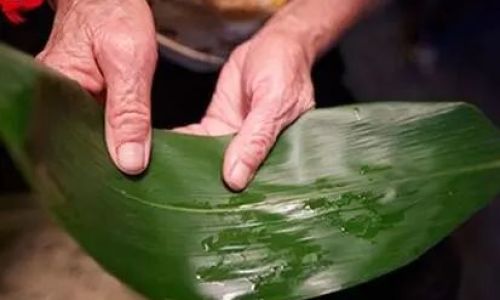
-
Cultural Resonance: In regions like Guangdong, Fujian, and Zhejiang, bamboo groves symbolize resilience and adaptability—qualities mirrored in the Dragon Boat Festival’s origins, which commemorate the poet Qu Yuan’s unwavering integrity.
Regional Variations in Bamboo Leaf Usage
Not all bamboo leaves are created equal. The Indocalamus tessellatus species, native to southern China, is prized for its thick texture and mild fragrance. In contrast, thinner bamboo varieties from Southeast Asia are sometimes deemed inferior due to their tendency to split during wrapping. Modern commercial producers often opt for dried, vacuum-sealed bamboo leaves, though purists insist fresh leaves—harvested in late spring—yield superior flavor.
Reed Leaves: The Northern Counterpart
In China’s colder northern regions, where bamboo is scarce, common reed (Phragmites australis) leaves emerge as the zongzi wrapper of choice. These slender, sword-shaped leaves grow along riverbanks and wetlands, offering a distinct set of advantages:
-
Durability: Reed leaves are tougher and more fibrous than bamboo, requiring careful blanching to soften. Once prepared, they create a tight, leak-proof seal around the rice.
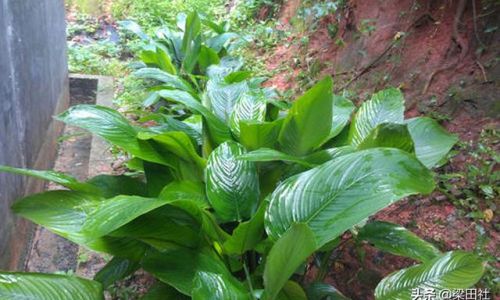
-
Aromatic Notes: Reed leaves lend a earthy, slightly bitter taste that pairs well with heartier fillings like jujube dates or chestnuts. Some chefs even age reed leaves for months to mellow their sharpness.
-
Historical Roots: Ancient texts like the Qi Min Yao Shu (5th-century agricultural encyclopedia) mention reed leaves in zongzi preparations, suggesting their use predates bamboo’s dominance in the south.
Lotus Leaves: The Elegant Alternative
While less common, lotus leaves (Nelumbo nucifera) are revered for their ornamental value and delicate fragrance. Primarily used in high-end zongzi or specialty recipes, these circular leaves (often 50–60 cm in diameter) offer:
-
Aesthetic Appeal: Their round shape and intricate venation patterns make lotus-wrapped zongzi visually striking, often served at banquets or festivals.
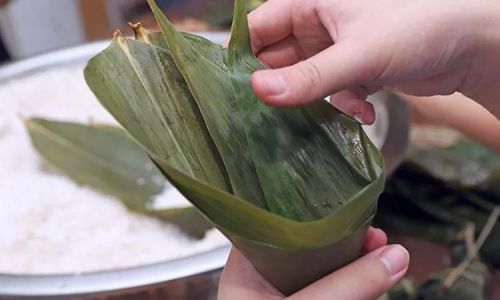
-
Flavor Enhancement: Lotus leaves infuse the rice with a floral, almost tea-like aroma, elevating simple fillings like white rice and honey.
-
Cultural Symbolism: In Buddhist traditions, lotus leaves represent purity and enlightenment, adding a spiritual dimension to the dish.
Other Leaves: From Pandan to Modern Innovations
Beyond the big three, regional and modern adaptations have introduced a kaleidoscope of wrapping materials:
- Pandan Leaves: Popular in Southeast Asian-inspired zongzi, pandan (Pandanus amaryllifolius) leaves impart a coconut-like sweetness and vibrant green hue.
- Banana Leaves: Used in tropical regions and by overseas Chinese communities, banana leaves add a musky, tropical flavor while accommodating unusually large zongzi.
- Corn Husks: A frugal choice in rural areas, corn husks are prized for their availability, though they lack the aromatic complexity of other leaves.
- Synthetic Options: Some commercial brands now use parchment paper or silicone molds, though purists argue these strip the dish of its cultural authenticity.
The Art of Preparing Zongzi Leaves
Regardless of the leaf type, proper preparation is non-negotiable. Steps typically include:
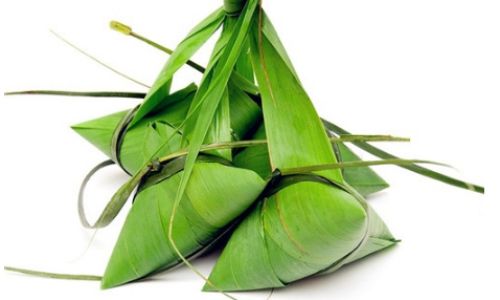
- Cleaning: Leaves are scrubbed to remove dirt, then rinsed in saltwater to eliminate pests.
- Softening: Fresh leaves are blanched in boiling water for 5–10 minutes; dried leaves require longer soaking (up to 12 hours) to regain flexibility.
- Trimming: Stems and damaged edges are snipped to ensure a smooth seal.
- Seasoning: Some traditions call for wiping leaves with oil or soaking them in alkaline solutions to enhance color and texture.
Cultural Symbolism and Folklore
The choice of leaf extends beyond culinary preference—it’s steeped in myth and ritual:
- Dragon Boat Festival Lore: Legend holds that wrapping zongzi in leaves symbolizes binding evil spirits, a nod to the festival’s origin story where locals threw leaf-wrapped rice into the river to distract fish from Qu Yuan’s body.
- Feng Shui Beliefs: Bamboo’s upward growth mirrors aspirations for progress, while lotus leaves’ purity aligns with wishes for health.
- Ecological Harmony: Harvesting leaves sustainably, without damaging the plant, reflects the Confucian principle of living in balance with nature.
Environmental Impact and Conservation
As zongzi’s global popularity grows, so does concern about overharvesting wild leaves. Efforts to promote cultivated bamboo and reed farms have emerged, particularly in regions like Anhui and Hunan. Organizations like the China Bamboo Society advocate for sustainable practices, such as rotating harvest areas and planting hybrid species.
Conclusion: The Leaf as Cultural Ambassador
Zongzi leaves are more than mere packaging—they are vessels of memory, ecology, and identity. Whether it’s the rustic charm of reed leaves, the delicate fragrance of lotus, or the timeless reliability of bamboo, each foliage type tells a story about China’s diverse landscapes and enduring traditions. As chefs experiment with new flavors and eco-conscious practices, one thing remains clear: the leaf’s role in zongzi is as vital today as it was centuries ago. So the next time you unwrap a zongzi, take a moment to appreciate the leaf—a silent guardian of flavor and tradition.
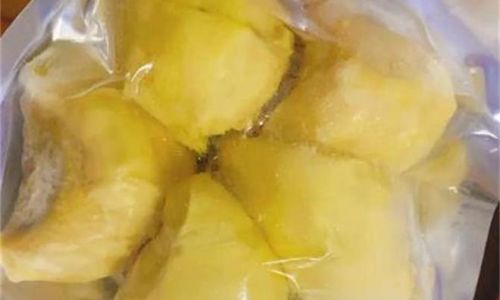
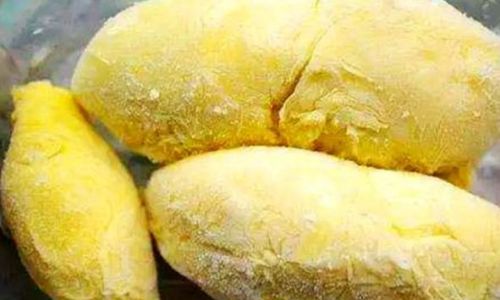
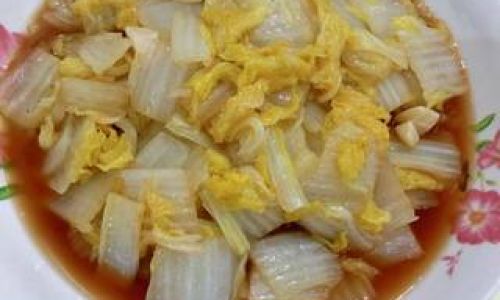
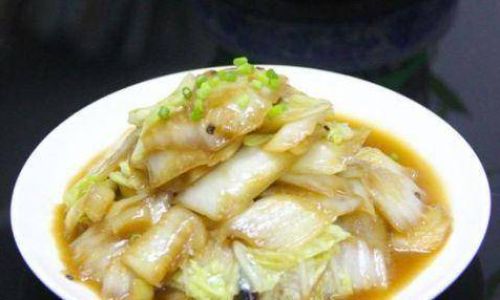
0 comments